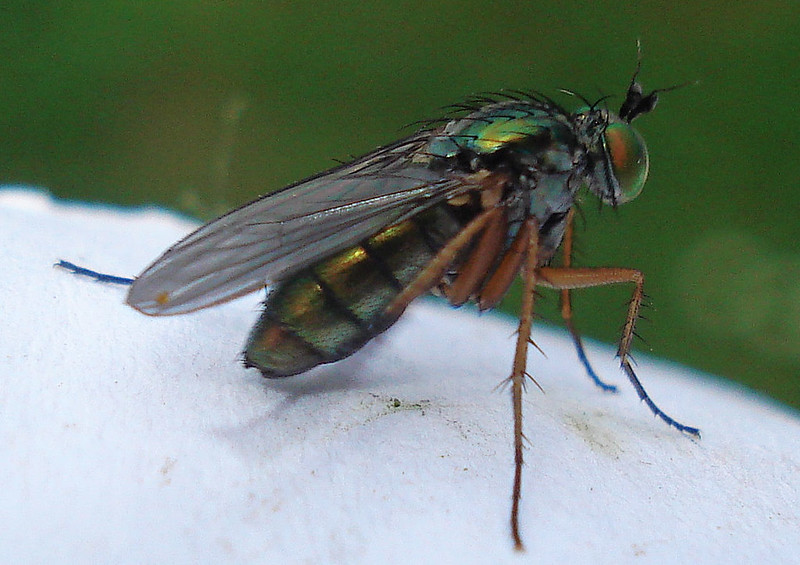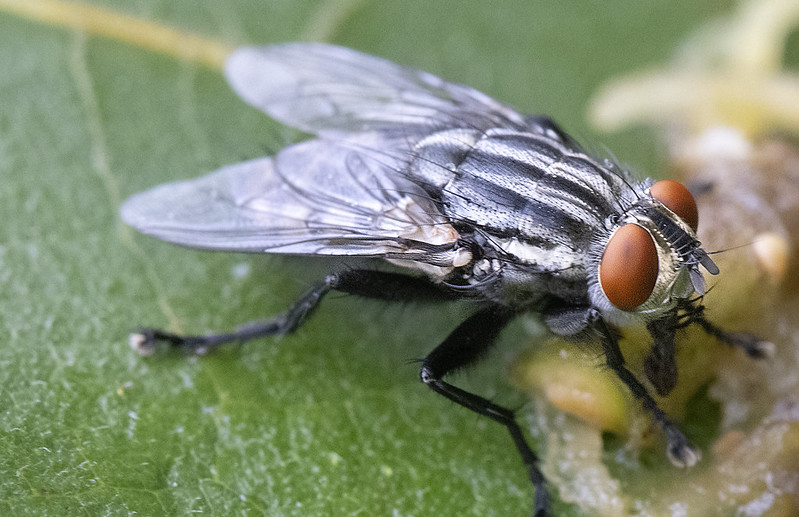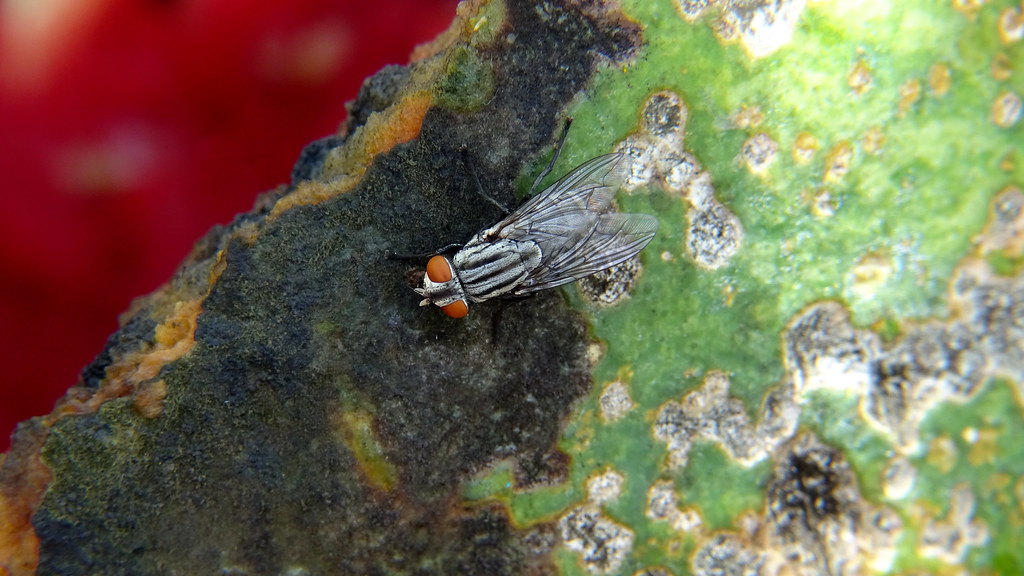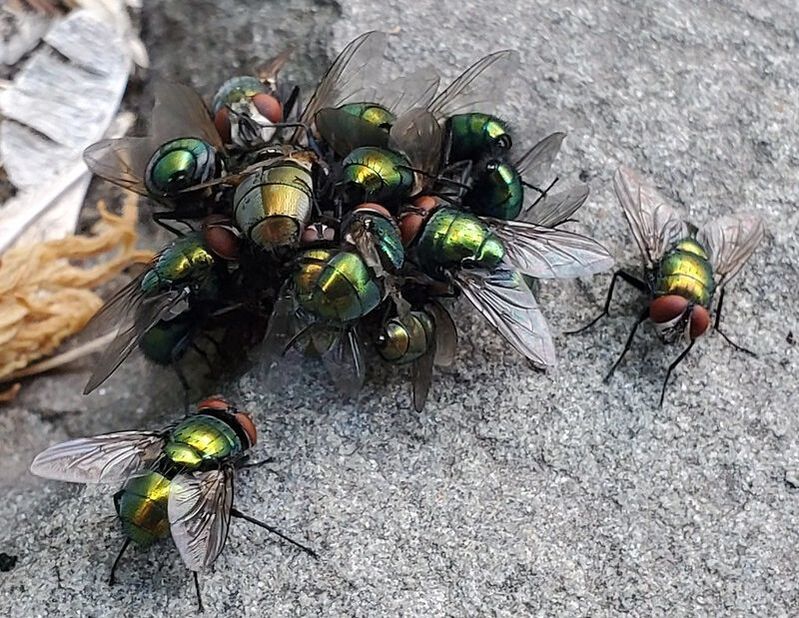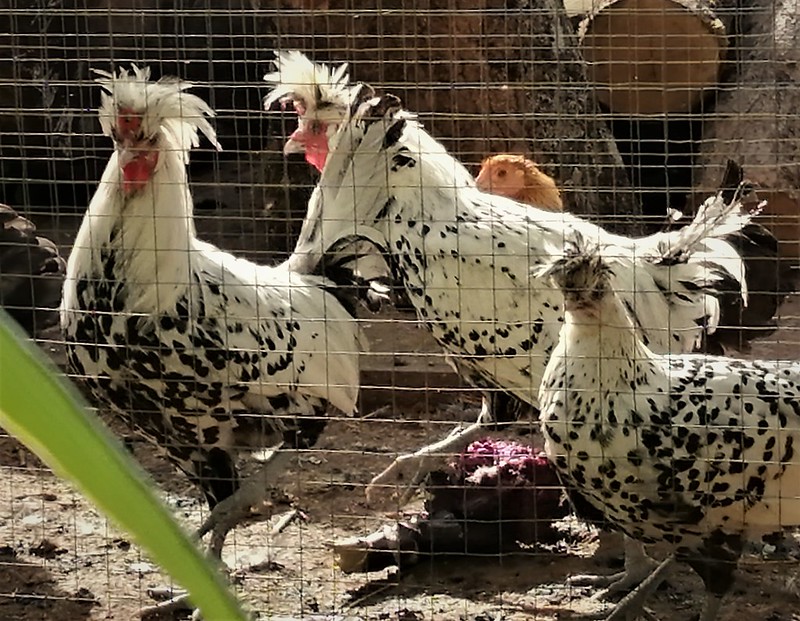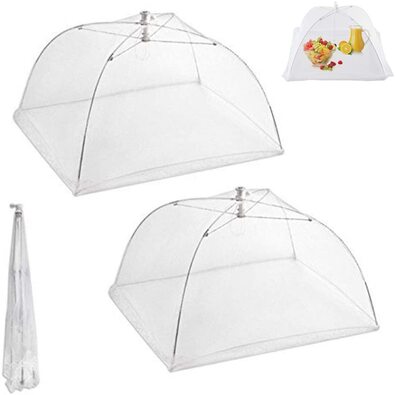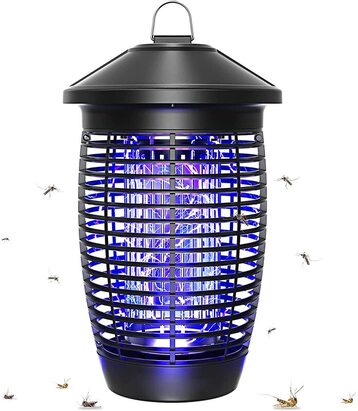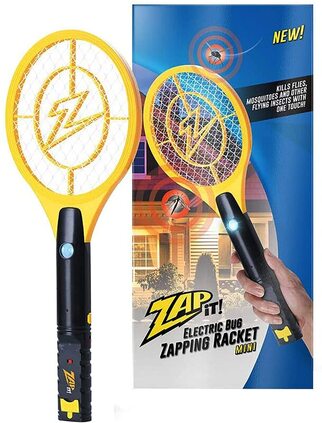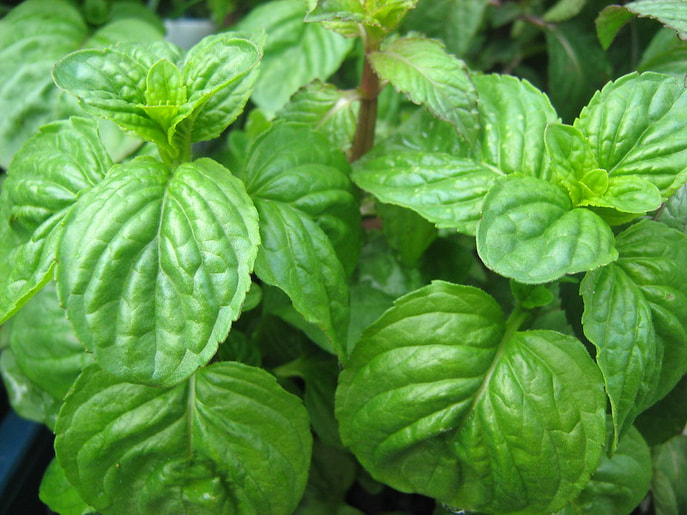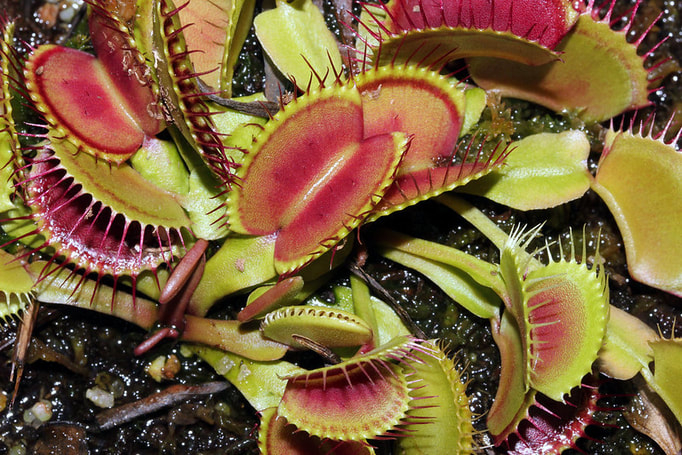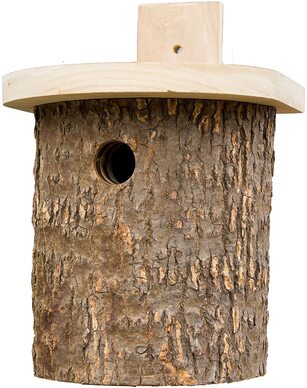|
This article contains affiliate links
The long awaited summer months are associated with fun, social gatherings outside in the garden. Barbecues and parties can be the best way to catch up with families and friends.
However such occasions can be quickly disturbed by the annoyance of buzzing flies! This is particularly so for the persistent flies which bother us when we are eating. The most common of which the ‘Blue bottle fly’ is well known for its unhygienic behaviour. These flies will forage openly on animal faeces, decomposing flesh and rotten food. Therefore it should not only be a desire to repel them but an absolute necessity.
Flies can carry bad bacteria around with them and contaminate any food they touch.
Bluebottles and other flies will lay small eggs onto food which can cause sickness if ingested. Furthermore garden flies in general can be persistent and annoying reducing our enjoyment when we are outside. Consequently it is no surprise that many wish to get rid of flies from their garden! In this article we will explain how to get rid of flies outside naturally without contaminating the environment. What are flies?
The word fly is a name given to and associated with most types of flying insect. Flies are small flying insects which opportunistically search for food and places to lay their eggs. There are many different species of insect which come under the description of fly. Some of these include; Green fly, May fly, Fruit fly, Cluster fly, Horse fly, Crane fly and blue bottle. However it is the flies which congregate around are homes which are the most aggravating to us. These are normally blue bottles and fruit flies. What is the purpose of flies?Flies have an extremely important role within our ecosystem. These insects are decomposers which feed on organic material sometimes disregarded by larger organisms. Flies have the ability to be not affected by dangerous bacteria and viruses. This enables them to feed upon rotting fruit, decomposing flesh and animal faeces. This is particularly the case with blue bottle flies whose larvae (maggots) can eat just about anything organic. This makes them highly unfavoured by humans but essential recyclers in nature. Why does my garden have so many flies?
Flies are naturally attracted to many things which are present around our homes and gardens. Some of these include the aromas of food waste, alcohol, livestock and animal waste. Gardens have a wide diversity of plant species, habitats and features which many species of fly find beneficial. For example, ponds are beneficial for some flies to complete their life cycle like caddis flies. Whereas compost heaps and fruit bushes provide a free buffet to hundreds of wild fly species. Many gardens have adequate amounts of dense vegetation and shelter where flies can hide. Unfortunately many gardens have become inhospitable to fly predators such as reptiles, amphibians, small mammals and birds. This has given flies the perfect safe places to live, feed and raise their young. 20 Ways to get rid of flies out of my garden1. Clean barbecue grills
|
The Author
|
Landscaping services across Buckinghamshire, Amersham, Aylesbury & High Wycombe
Hyde Heath, Amersham, Buckinghamshire |
|

